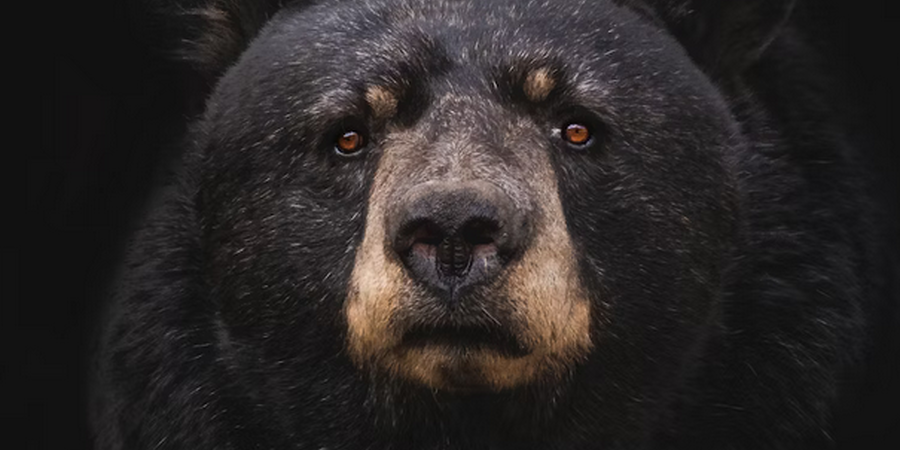PENNSYLVANIA - Black bears (Ursus americanus) can typically be found across approximately 75% of Pennsylvania and have been reported in all 67 counties, with confirmed sightings in each.
Pennsylvania's Black Bear Comeback: Understanding the State's Thriving Bear Population
Pennsylvania's black bear population has experienced a remarkable resurgence over the past few decades. From a low point, numbers have rebounded significantly, demonstrating the success of conservation efforts and the adaptability of these impressive animals. This article explores the current status of Pennsylvania's black bear population, their behavior, their diet, and the role of the Pennsylvania Game Commission in managing this iconic species.
A Thriving Population: 18,000 Bears and Counting
Pennsylvania's black bear population is a conservation success story.
- Current Estimates: The Pennsylvania Game Commission estimates the black bear population at approximately 18,000 individuals.
- Recovery from Decline: This represents a significant recovery from lower numbers in the past. While the current population is lower than the estimated peak of 15,000 bears in the 1970s, the text provides conflicting information about a previous peak of 20,000. This should be verified with the PA Game Commission's official data., the overall trend is positive.
Bear Behavior and Biology
Understanding black bear behavior is key to appreciating their role in the ecosystem and minimizing potential conflicts:
- Omnivorous Diet: Black bears are omnivorous and have a diverse diet. They consume a wide range of plant matter, including berries, roots, corn, beechnuts, grass, and table scraps. They also eat insects, carrion (dead animals), and occasionally, small mammals. They also love honey.
- Seasonal Gorging: During the summer and fall, bears enter a period of hyperphagia, consuming vast quantities of food (up to 20,000 calories per day) to build fat reserves for winter hibernation.
- Hibernation: Black bears typically enter dens in late fall or early winter, where they remain in a state of dormancy until spring.
- Activity Patterns: While bears can be active at any time, they are most commonly seen during dusk and dawn.
- Reproduction: Bears are polygamous, meaning both males and females may have multiple mates. Females typically give birth for the first time around the age of three.
- Cubs: Newborn cubs are surprisingly small, weighing only 8-10 ounces and measuring about 9 inches long. They are born with fine, dark hair that may appear pinkish due to the visibility of their skin.
The Pennsylvania Game Commission: Managing Bears and Humans
The Pennsylvania Game Commission (PGC) plays a crucial role in managing the state's black bear population.
- Population Monitoring: The PGC closely monitors bear populations to ensure their long-term health and sustainability.
- Conflict Mitigation: The PGC works to minimize human-bear conflicts, particularly in areas where bear habitats overlap with human settlements.
- Hunting Seasons: Regulated hunting seasons are a key tool the PGC uses to manage bear populations. Hunting seasons are carefully set to reduce or stabilize bear numbers in areas with higher conflict rates, while allowing for population expansion in areas with fewer interactions. This helps to balance the needs of both humans and bears.
- Public Education:
- Research
Pennsylvania's thriving black bear population is a testament to successful wildlife management and conservation efforts. The increase in bear numbers, while a positive sign, also underscores the importance of responsible coexistence between humans and wildlife. By understanding bear behavior, taking precautions to deter bears from entering residential areas, and supporting the Pennsylvania Game Commission's management efforts, residents and visitors can help ensure the continued health and well-being of this iconic species. The presence of a robust black bear population is a sign of a healthy ecosystem and a reminder of the wild beauty that Pennsylvania has to offer.
Share This Article on Social Media


